David Cronenberg’s Horror Classic is Still Relevant Today
Main Cast: Art Hindle and Samantha Eggar
Director: David Cronenberg
Some images are just bound to stick with you no matter what or how long ago. One of those images, for me, has always been Samantha Eggar (“Anna and the King”) biting open the sack growing from her stomach, then licking the blood off her “newborn” mutant offspring in David Cronenberg’s horror classic The Brood from 1979. I probably wasn’t 7 when I first saw the movie, but I wasn’t much older, that’s for sure. And that’s one scene I’ve replayed in my head countless times as one of the most horror and lasting images I’ve ever seen in any movie.
This is why Cronenberg is one of those writer/directors who’s simply working on another level above most others.
The story deals with Frank (Art Hindle, Invasion of the Body Snatchers) and Nola Carveth (Eggar) and their daughter Candice (Cindy Hinds, The Dead Zone). Frank and Nola have been separated for some time and Frank currently has custody with Candice visiting her mother on weekends at the retreat she’s been staying in with her therapist, Dr. Raglan, and his dozens of other patients. Dr. Raglan (Oliver Reed, Gladiator) is pioneering a new form of treatment called psychoplasmics, which takes all those inner feelings of anger and resentment and frustration people build up over a lifetime and manifests them in physical form on the person’s body. For one patient this means he breaks out in blisters over his body when he talks about his “daddy”. Another patient develops lymphatic cancer. Nola, who remembers a childhood of abuse at her mother’s hand, expresses her anger in an entirely different and unexpected way: she gives birth to a “brood” of deformed children who then take out Nola’s anger on those she considers have wronged her.
Frank, meanwhile, just wants to know why his daughter came home from her most recent visit with bruises and bites and scratches all over her back. If he doesn’t get some answers soon, he’s going to stop letting Candice visit Nola at the retreat. But if he does that, Nola’s going to get very very angry. She’d rather see Candice dead than let Frank take her from her mother.
Cronenberg’s story is very multilayered and complex with lots of subtext and atmosphere. The Canadian weather perfectly captures the harsh conditions the characters are living in and the coldness Frank feels for his wife and the “treatment” she’s undergoing. Candice seems very detached from everything going on around her, but also shows signs of fear at something she knows shouldn’t be happening, as she watches it happen.
Oliver Reed portrays Dr. Raglan’s horror and disgust at what he’s had a hand in creating like only someone of Reed’s talent can, never overplaying the scene, and keeping just enough under the surface that you almost want to root for the guy who, for 95% of the movie you’d seen as a complete dirt bag and opportunist.
Art Hindle as Frank seems slightly out of his depth here, but that could very well be a flaw in the character. He doesn’t seem very well developed, more a plot device to keep things moving along that an actual, organic part of the story.
But that doesn’t take away from the enjoyment because The Brood is everything I’ve come to expect from a David Cronenberg movie. Despite being made in 1979 and filmed in Canada, there’s a timelessness to the production that could easily be taking place today, and setting is merely a condition of the filming location. Sure, those snow suits add a layer of menace to the brood, but it’s not vital that this story be set in 1979 Canada. Instead, in Cronenberg’s hands, the dated setting-specific details here completely vanish in favor of the story and the way he tells it.
There are no two ways about it, Cronenberg is simply a master at what he does, and, for me, The Brood was my first glimpse at his genius in this genre. I’m glad we have him, and I’m glad a movie with this much depth and this much care put into it exists.
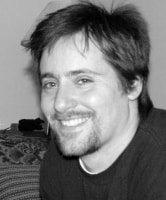
C. Dennis Moore is the author of over 60 published short stories and novellas in the speculative fiction genre. Most recent appearances are in the Dark Highlands 2, What Fears Become, Dead Bait 3 and Dark Highways anthologies. His novels are Revelations, and the Angel Hill stories, The Man in the Window, The Third Floor, and The Flip.

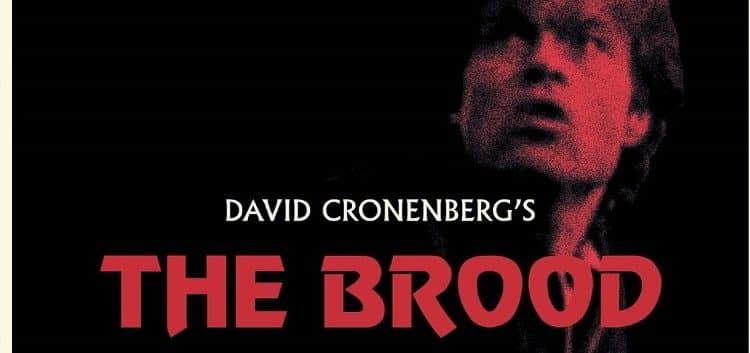

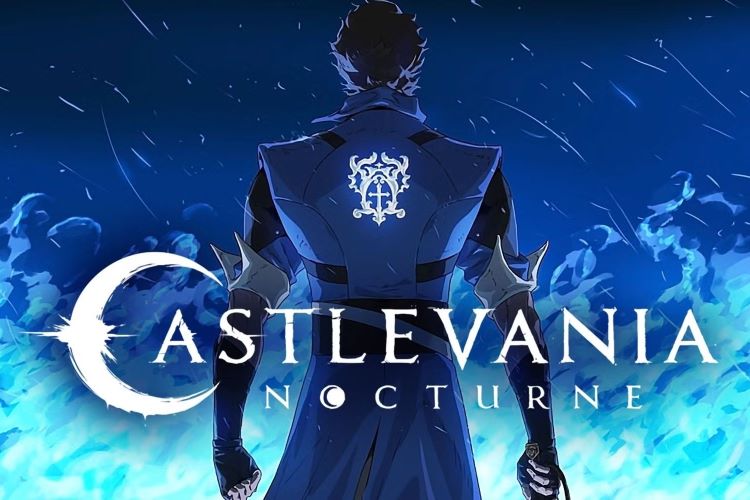
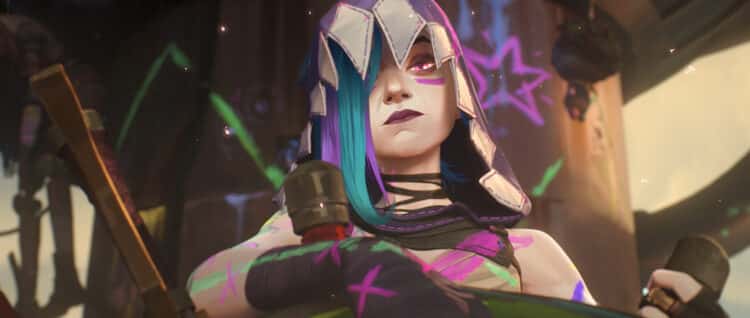
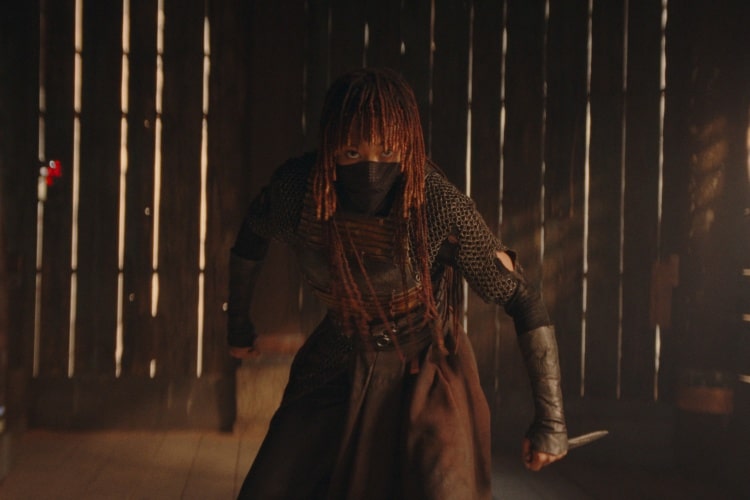
Leave a Reply